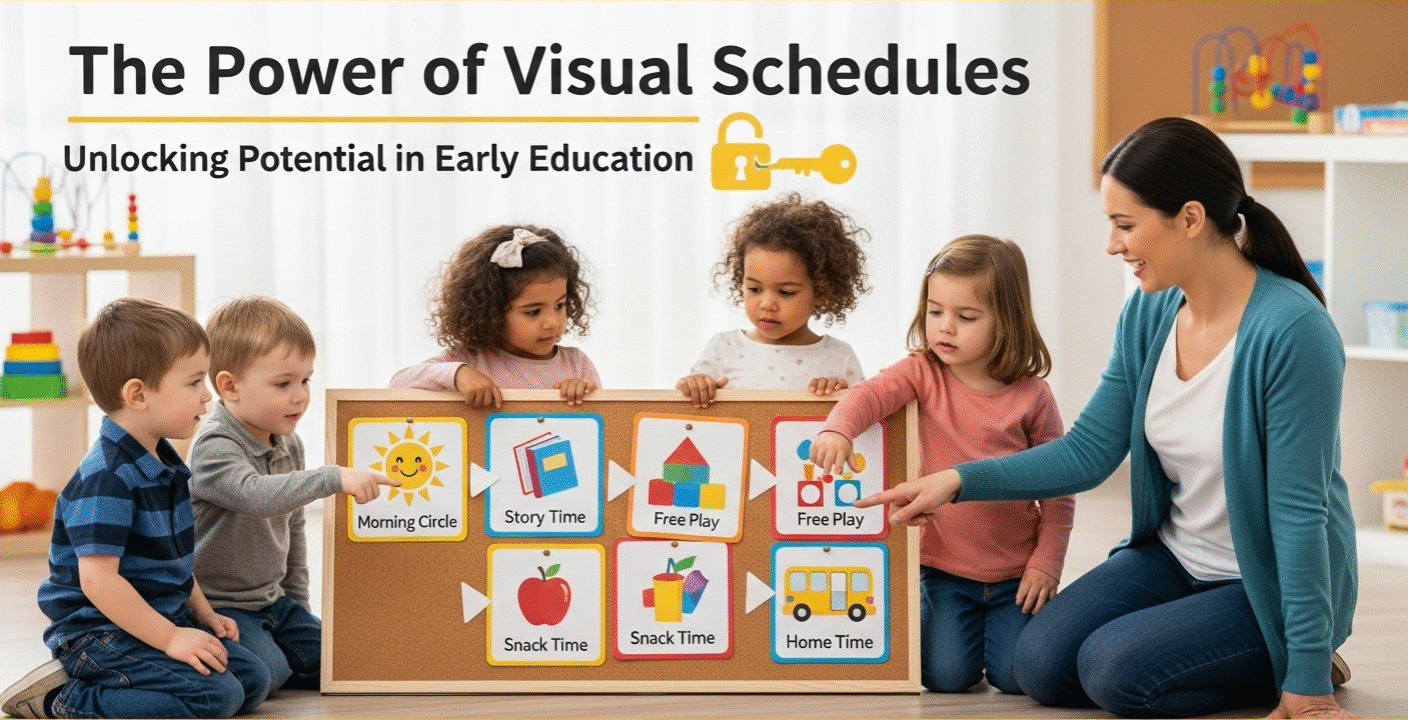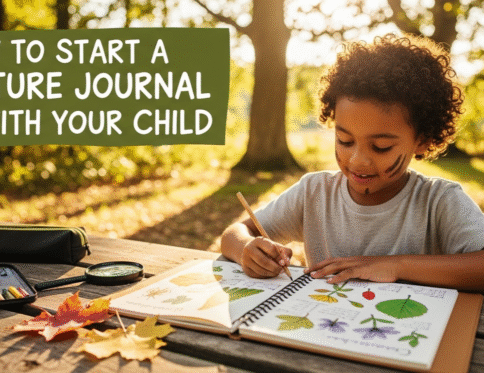Does the morning rush with your little one feel like chaos? Do you struggle with tears and tantrums when it’s time to switch from playtime to cleanup time? You’re not alone. Navigating the world can be overwhelming for young children who are still learning to understand time, sequence, and expectations. This is where visual schedules come in as a game-changing tool for parents and educators in early education.
What Exactly Are Visual Schedules?
At its core, a visual schedule is a series of pictures, icons, or words that shows the steps of a specific activity or the events of a day in sequential order. Instead of just hearing what’s next, children can see it. These powerful visual aids can be used for an entire day’s plan (wake up, eat breakfast, get dressed, go to school) or for a multi-step task like the hand-washing process. They transform abstract concepts like “later” into something concrete and understandable.
The Key Benefits of Using Visual Schedules
Integrating visual schedules into a child’s daily routine offers a wealth of benefits that support their development and reduce household stress.
Easing Transitions and Reducing Anxiety
One of the biggest challenges in early education is managing transitions. Moving from a fun activity to a less preferred one (like from playing to brushing teeth) can trigger meltdowns. Visual schedules provide predictability, which is incredibly comforting for children. When a child knows what’s coming next, they feel more secure and in control, dramatically reducing anxiety and resistance. This is especially effective for toddlers and preschool-age children.
Promoting Independence and Confidence
“I did it myself!” is a proud milestone for any child. A visual schedule acts as a personal roadmap, empowering children to manage their own routines. Instead of relying on constant verbal reminders, they can check their schedule to see what’s next. This fosters a strong sense of independence and boosts their self-esteem as they successfully move through their day.
Enhancing Communication Skills
For children who are pre-verbal, have language delays, or are on the autism spectrum, visual schedules are an essential bridge for communication. They provide a clear, non-verbal way to understand what is being asked of them, reducing frustration for both the child and the caregiver. Using these visual aids helps reinforce vocabulary and sequencing concepts, supporting overall communication skills. This makes them an invaluable resource for children, including children with autism.
Supporting Positive Behavior Management
Many challenging behaviors stem from confusion, anxiety, or a feeling of powerlessness. By providing structure and clarity, visual schedules address these root causes. Clear expectations leave less room for negotiation and power struggles. This proactive approach is a cornerstone of positive behavior management, helping to prevent issues before they even start.
Getting Started is Simple
You don’t need fancy equipment to create an effective visual schedule. Start small with a simple routine like getting ready for bed. You can use:
- Hand-drawn pictures or stick figures.
- Photos you take of your child doing the activity.
- Free printable icons from the internet.
Simply arrange them in order on a piece of paper or a small board. The key is to be consistent and to review the schedule with your child as you go through each step.
Ultimately, visual schedules are more than just a planning tool; they are a way to communicate, empower, and support young children. By bringing clarity and predictability to their world, you help them build the confidence and skills they need to thrive.
Disclaimer: This article is for informational purposes only. It is not intended to be a substitute for professional advice. Please consult with a qualified educator, therapist, or child development specialist for guidance tailored to your child’s specific needs.






